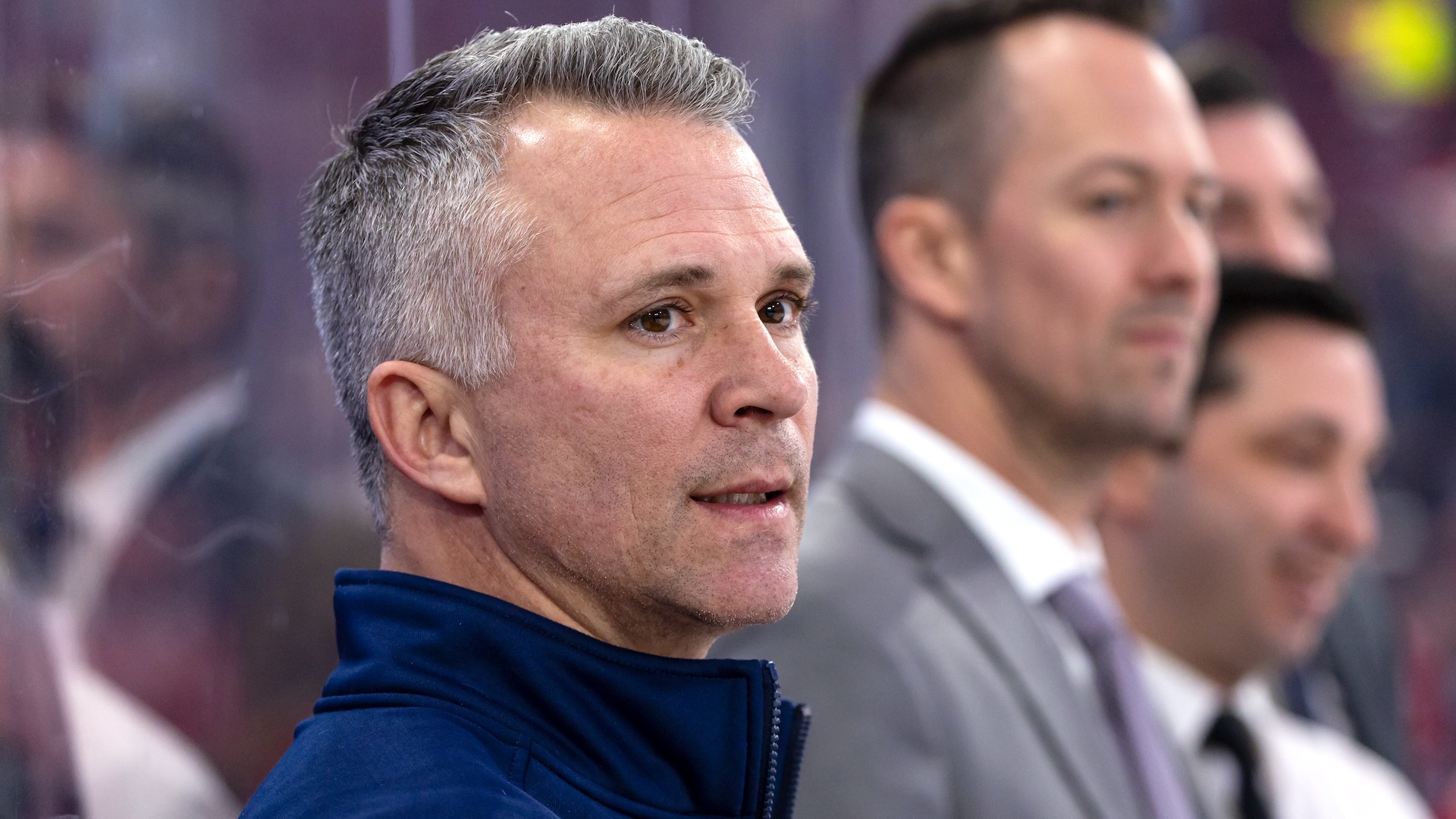Martin Brodeur AKA The Greatest Goalie to Ever Play The Game #NJDevils https://t.co/8UUQfj7IfR pic.twitter.com/rwLIcy2pUB
– Locked On Devils (@LockedOnDevils) September 2, 2023

The Montreal Canadiens claim to be rebuilding. It’s the first time since I’ve been interested in this team that anyone has dared to use that word. Throughout the 2000s, we were content with aristocratic mediocrity: in Montreal, you have to make the playoffs. Sometimes we did, thanks to some impressive veterans: Doug Gilmour let himself slide on the rink of the amphitheatre that has had too many empty names since it was called Forum, Kovalev enchanted beauty lovers.
There was talk of retooling; Bergevin’s team came close, Carey Price made a semi-final and a final. Management told us for the first time that we now accept that we won’t make the playoffs, or that we’ll be the worst. Why is this? What’s the plan, we’re told, to have a champion team?
When you ask executives this question, they are always vague and extremely abstract. Draft, development, culture, character, or esoteric: chemistry, imponderables and so on. I’d like to propose a fairly simple thesis. A team cannot seriously aspire to a championship, let alone several – which a truly champion team should always aim for – if it doesn’t have a backbone that’s simple enough to name.
Here’s that backbone: two first-rate centers who can claim Art Ross, Hart or even Selke trophies; a first-rate winger who can claim the same, or at least win the Maurice Richard; a defender who can claim the Norris.
In fact, very few teams that didn’t have all four of these types of players actually winning these trophies have won the Cup in the last forty years. The backbone is perfectly illustrated by the Oilers of the ’80s: Gretzky-Messier-Kurry-Coffey. The Penguins: Lemieux-Francis-Jagr-Coffey (or Murphy). The Red Wings: Yzerman-Fedorov-Shanahan-Lidstrom; the Avalanche: Sakic-Forsberg-Kamensky (Hejduk)-Osolinsh (Blake-Bourque).
Closer to home: Crosby-Malkin-Kessel-Letang, Stamkos-Point-Kucherov-Hedman and, most eloquently, Washington, several times the league’s best team, unable to win the Cup with Ovechkin-Semin-Backstrom and Green, but who did win it when they had their second top-tier center, Kuznetsov.
Over the past forty years, and we could go back much further to verify that this backbone is fundamental, only six teams have cheated a little. Canadiens 86, who had the first center, the winger and the defenseman, but not really a second center. Oilers 90, who didn’t have a great second center or a great first defenseman. Canadiens 93, who had the backbone (Damphousse-Muller, even Savard-Bellows-Desjardins), but whose players weren’t as superlative in their positions as the other examples we have. Rangers 94, who didn’t have a top-level second center. 2011 Bruins, who didn’t have a truly impressive second center. Carolina 2006, who didn’t have a true first defenseman in Kaberle, and St. Louis 2019.
Two teams seemed to deviate more substantially from the rule I’m trying to make, and they deserve our attention because they won several Cups: New Jersey 19995-2000-2003 and the Blackhawks 2010-13-15. The Blackhawks had the backbone, minus the second tier center. Their first center was never a contender for the Art-Ross or Hart. They were able to compensate with other superlative wingers like Hossa and, to a lesser extent, Sharp.
This team is a departure from the rule, but it still shows that to win, you need three top-level forwards (Toews-Hossa-Kane) and a Norris-winning defenseman (Keith). Perhaps Toews’ Selke explains the difference between Chicago and pre-Kuznetsov Washington.
The big exception, however, is New Jersey. The ’95 team has no dominant center, the 2000 and 2003 teams have Arnott and Holik, then Gomez, have good wingers, but nothing extravagant. Of course, there’s Niedermayer and Stevens. Then there’s Brodeur.
So why didn’t I mention a goalkeeper? Because I don’t think Osgood, Richter, Schneider or Kuemper, not to mention Barasso, Vernon and Fuhr, were first-rate goalkeepers. In the last forty years, the Cup has been won four times by the ever-dominant Roy (three Conn Smythe), once by Hasek, three times by Brodeur, who were not so decisive in their team’s run, once by Belfour, twice by Vasilievsky.
Every team that has had the backbone I’m talking about (two great centers, a great winger and a great defenseman) has won the Cup apart from the current Leafs, who are still young and will have a chance to bounce back if we don’t dismantle the team.
The only exception to this rule is Lou Lamoriello’s teams. And yet, in Montreal, we’re constantly defending the Lamoriello model: a balanced team that plays well defensively. It’s a fair reversal, with Lamoriello admiring the Canadiens, a team that ended up rejecting Lafleur to marry Lemaire, who was then hired by Lamoriello. That’s the crux of the matter, but I’ll talk about that another time.
The important question now is whether Suzuki is Yzerman (since we know he won’t be Lemieux or Gretzky or Crosby or McDavid), whether Dach is Francis, whether Caufield is Bossy and whether Reinbacher has a chance of being Niedermayer.
Prolongation
That’s how you analyze a team. To win championships, you need, to be a little modest, at the very least, Lecavalier-Richards-St-Louis-Boyle. To win many, you need at least Forsberg-Sakic-Hejduk-Blake.
Tell me who on the Habs looks like that and I’ll tell you if rebuilding makes sense. Right now, I don’t see anything even resembling a skeleton.










